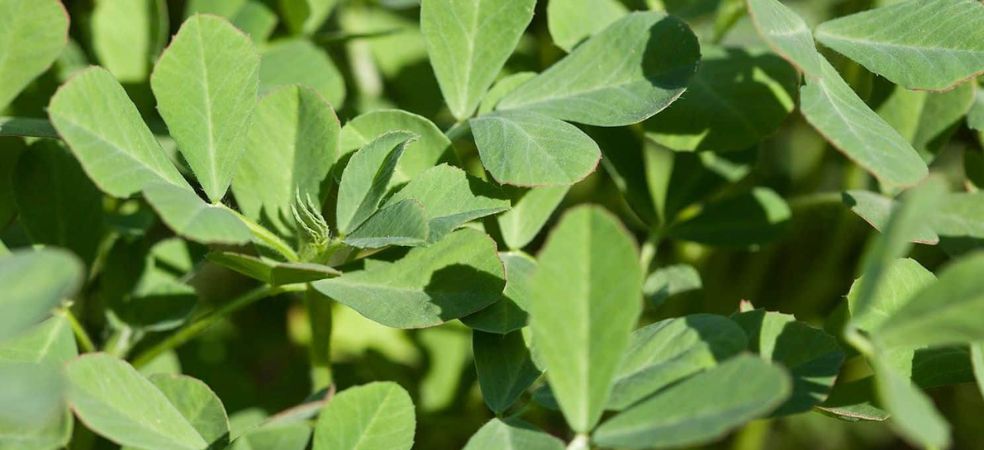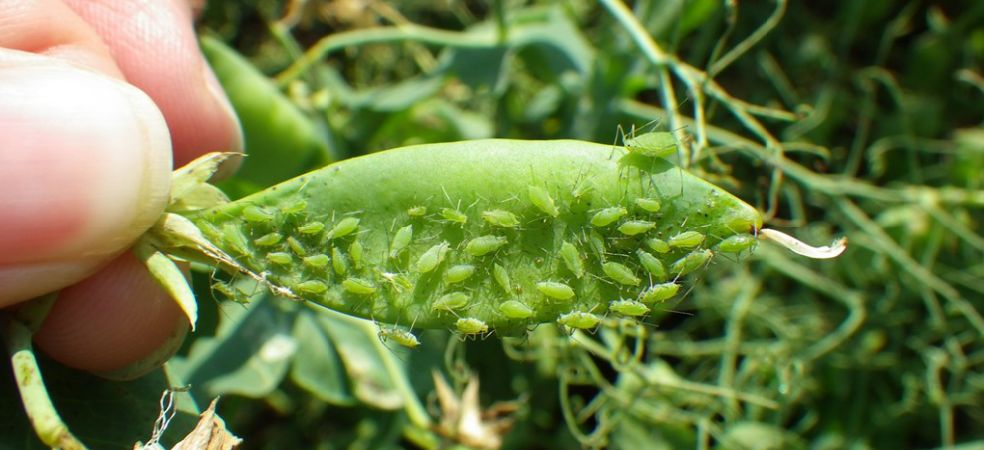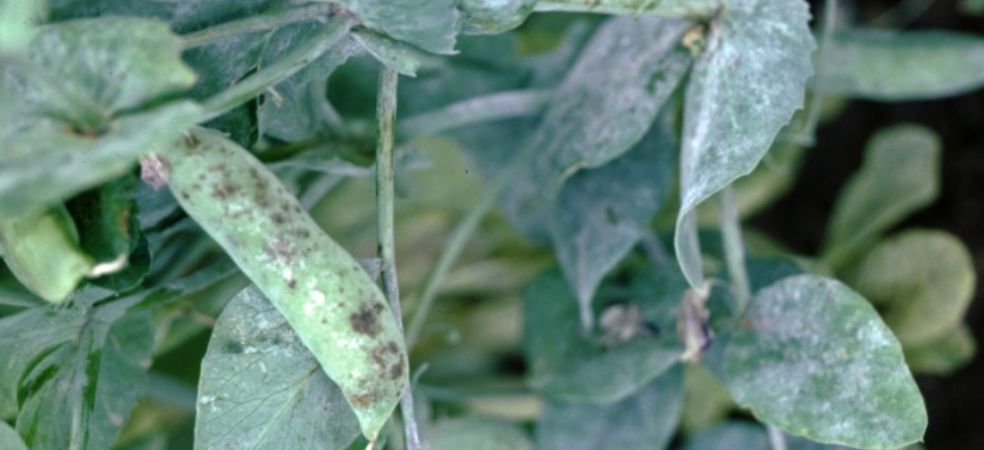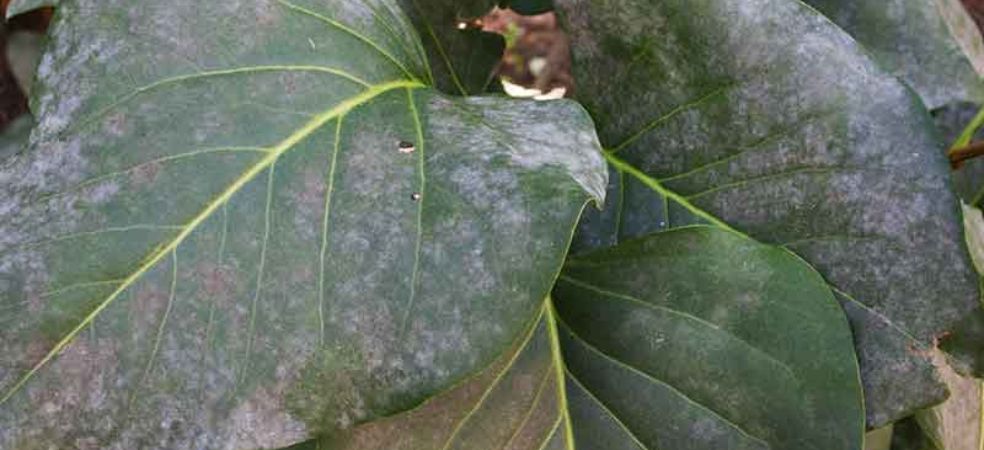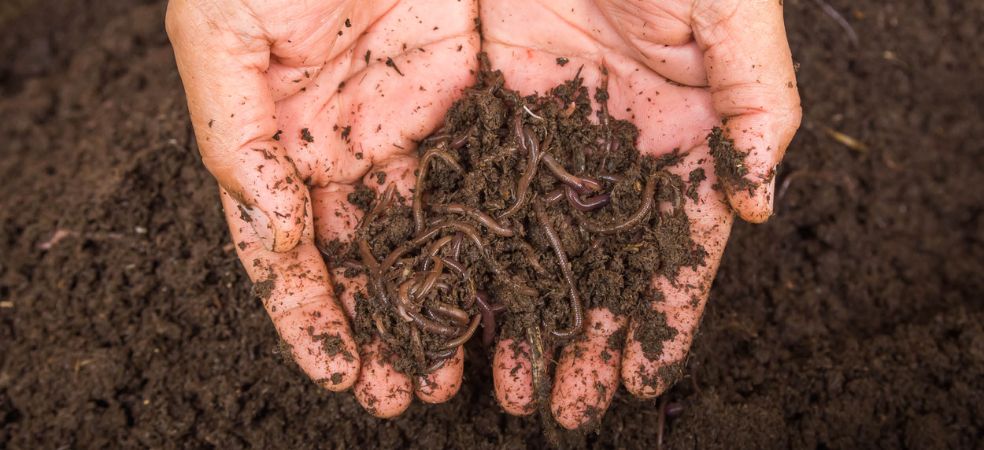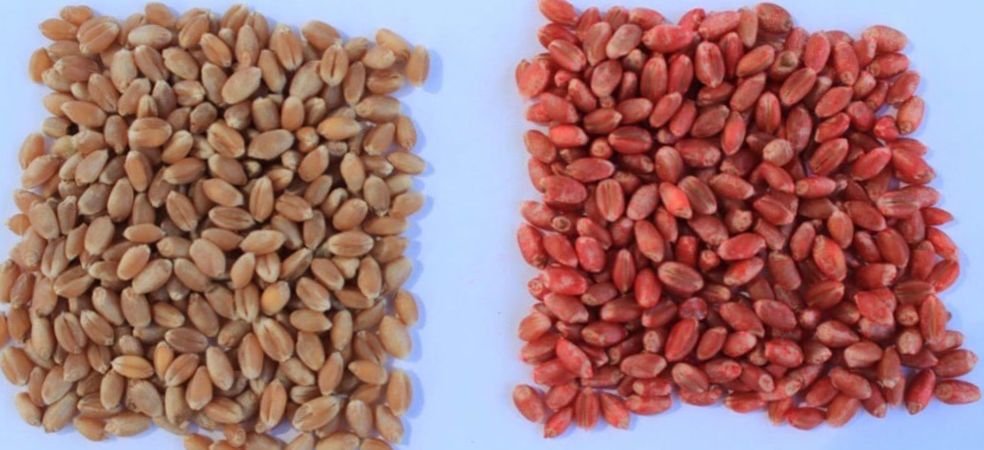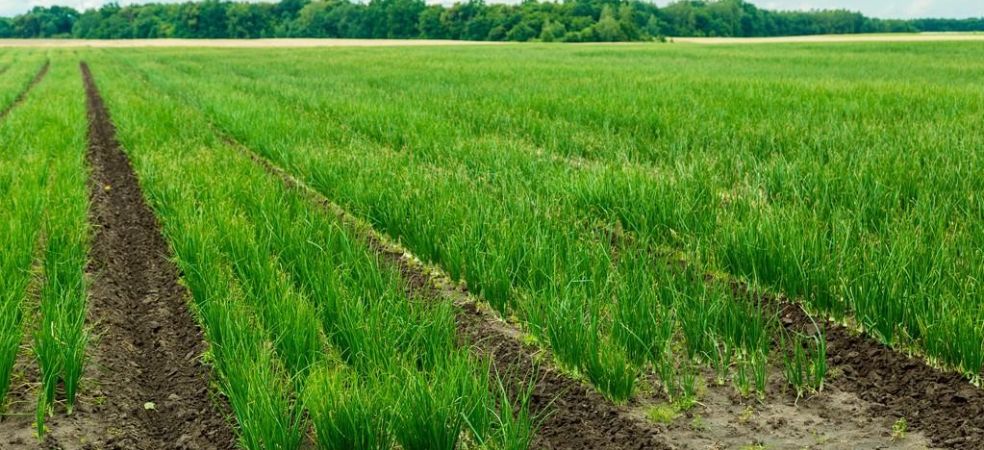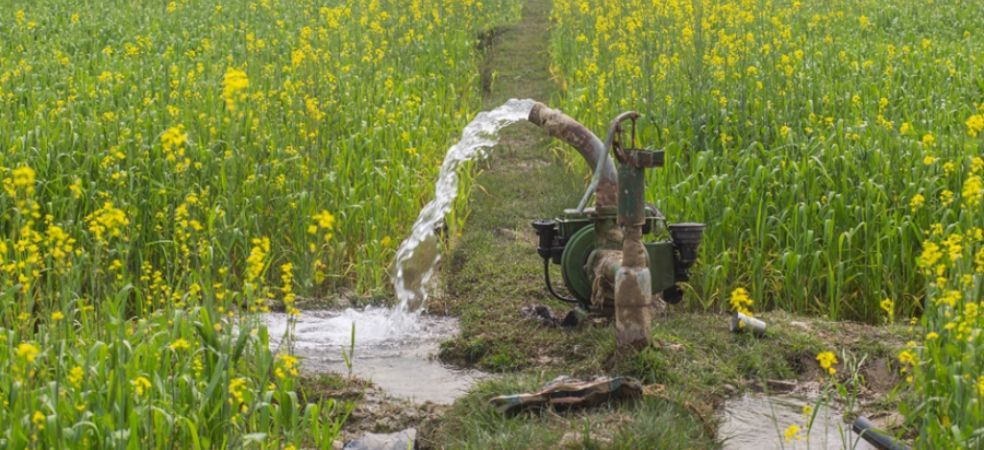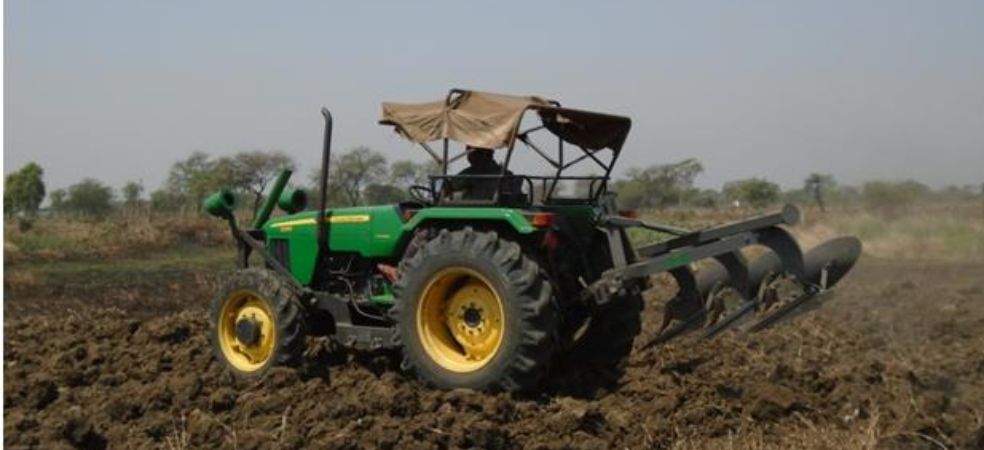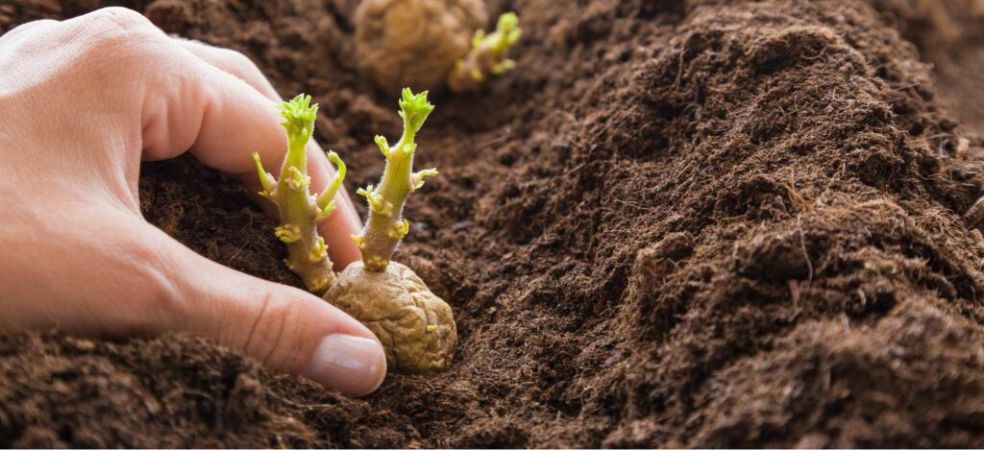-
Fenugreek can be cultivated in all types of soils provided there is a high amount of organic matter in the soil. However, it gives good results in well-drained sandy loam and sandy loamy soils. It can tolerate soil pH values of 5.3 to 8.2.
-
Regarding its seed rate, 12 kg seeds per acre should be used for sowing in a one-acre field.
-
To prepare the field, plough the field two to three times until the soil becomes loose and then level the land. When last ploughing, apply 10 to 15 tonnes of well-decomposed cow dung per acre. Prepare a 3×2 meter flat seedbed for sowing.
ShareKeep reading Gramophone articles daily for important information related to farming. If you liked today’s information then don’t forget to share it.

